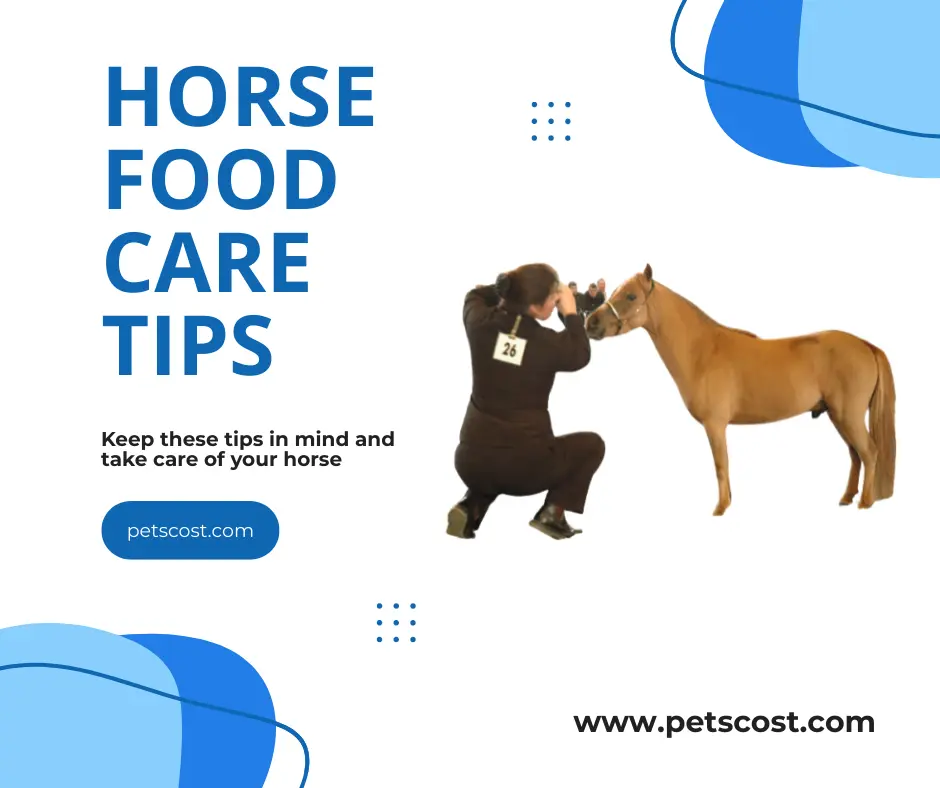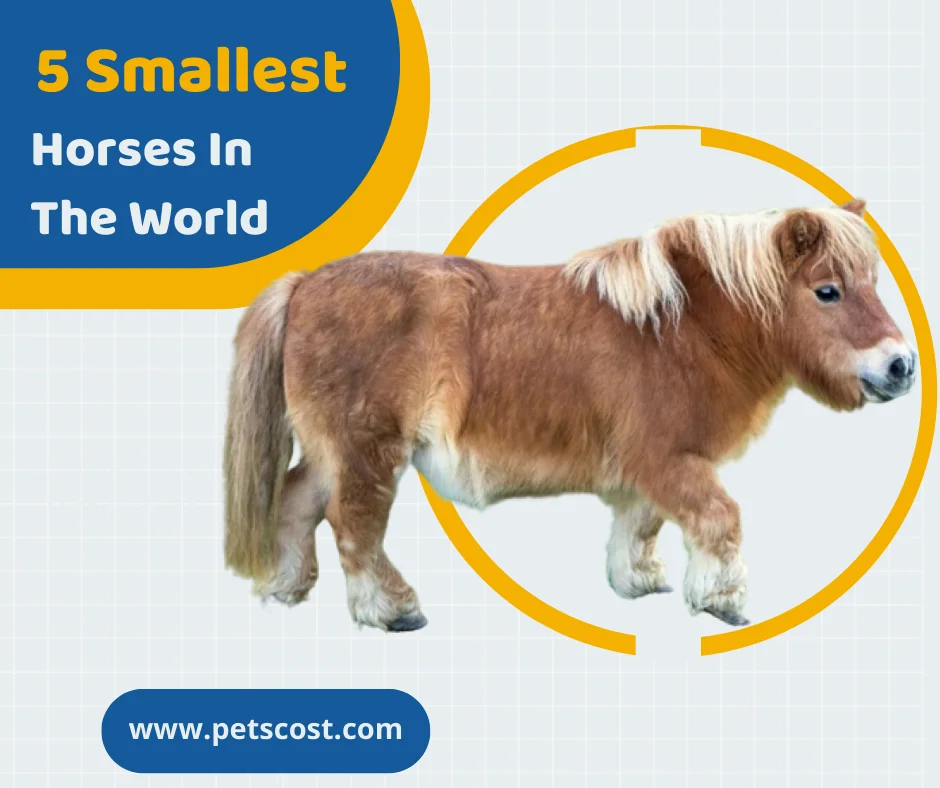Horses naturally graze; they take small, frequent meals. In their natural diet, grass predominates with a high roughage content. To match horses’ natural feeding patterns closely as possible, horses should be fed a diet high in fibre, such as grass, hay, haylage, or a hay replacement.
Horses should be fed a diet appropriate for their needs, considering the individual’s age, type, weight, condition, health, and degree of work. The food needed will also change based on the season and the weather. Here are some important food tips for horses.
Grass in the Pasture and Tender Plants
The grazing grass and sensitive plants make up the horse’s natural diet. Most of the nutrition needed for a horse to remain healthy is found in good pastures. Silica, which is crucial for dental health, is also present. Primitive horses can survive on meagre diets and frequently have to make do with poor grazing and living conditions. This explains why conditions like obesity, equine metabolic syndrome, and laminitis are more common in modern horses than in wild horses. The type of horses we’ve developed and the lack of activity are more likely to be the issues than the pasture grass itself.
Those of us with simple keepers must restrict our horses’ access to fresh grass. A horse not used to lush pasture could experience significant issues if it is suddenly introduced. The optimum nutrition, however, is provided by healthy pasture for horses who are difficult to keep.
1) Cut the corn/Mais
It is what?
Cut maize or corn Chopped and ensiled corn is silage.
How is it produced?
The entire plant, not just the corn cob, is utilized in the production of maize. The procedure that the maize typically goes through when collapsing (airtight covering) is the same as that of hay: the lactic acid bacteria make sure that a preservation process happens.
2) Straw
It is what?
Cereal, rapeseed, or flax stalks that have been dried. We use wheat straw in the barn the majority of the time. Most horses don’t consider wheat straw delicacy, but they do. Because straw is somewhat soft, it makes a cosy bed.
How is it produced?
For instance, the stalks with empty ears remain on the field after harvesting grains. These dried plant stems are coiled, compacted, and occasionally chopped to be utilized as bedding litter. Before being further processed, straw must have had enough time to sun dry thoroughly and have died on the field.
3) Lucerne
It is what?
Horses are given Lucerne, a leguminous crop, which is dried and chopped. We sell it worldwide, and it is our best-selling item. This is the reason for the “c” in the English rendition of our firm name, Hartog Lucerne. However, Lucerne is spelt with a “z” in Dutch.
How is it produced?
The lucerne plant is cut down and allowed to dry on the ground for only a half-day. They are then taken to our factory after being chopped on the bottom. The Lucerne is artificially dried there. Our Lucerne mixture for horses includes vegetable oil and molasses, which bind the delicate green leaves. As a result, the product has both nutrient-rich leaves and stalks with coarse fibre.
4) Grains
A common grain fed to horses is oats. Horses may, however, also be given tiny amounts of other grains, such as corn. Wheat is one of the grains that are only sometimes excellent for horses. The closest a wild horse would get to consuming grains in their native habitat would be the seed head of grasses.
Modern techniques for growing, harvesting, and processing grains do not constitute natural feed for horses. It is simple to give horses too much grain. Additionally, grain doesn’t take the same amount of chewing time or have the same levels of silica as grass. Ulcers and dental troubles are just a couple of the things this might lead to. Grain overconsumption can cause colic or founder in horses.
5) Hay
Many of us do not have the luxury of allowing our horses to graze on pasture all year round. Hay is a superior alternative to grass when it is not available. Finding quality horse hay can be challenging. Testing the hay is helpful so that any vitamin and mineral deficiencies can be made up for with supplements. Rich hay can be problematic for some horses in the same way that rich pasture grass might. Easy keepers need limited access to a bale feeder all the time.
6) Mixes of Concentrates
Concentrates typically contain a combination of nutrients, including grains, flaxseed, beet pulp, molasses for flavour and energy, bran, vitamins, and minerals. Some feed mills will mix concentrates to your needs, or commercial mixtures may contain various ingredients (only practical when you have many horses to feed).
Like grains, concentrate mixtures serve as a rapid energy source and help compensate for nutritional deficiencies. Feeding concentrates in addition to grass or hay is frequently beneficial for mares in heat, nursing, performing, or working horses.
7) Minerals and salt
Both independently and as a component of a concentrate mix, salt and other nutrients can be given. Horses can help themselves when needed by using a salt block or loose salt placed in a pasture or stall. Salt may be combined with minerals. Minerals may also be provided to horses at their discretion or included in their grain or concentrate meals. Many individuals notice that people consume more salt in the summer than in the winter.
8) Treats
A lot of us enjoy giving our horses treats. Apples, carrots, or other beloved fruits or vegetables, handfuls of grain, sugar cubes or candies, or occasionally weird things like a taste of a hot dog or boiled egg, are examples of these snacks. However, giving horses less meat or sugary food, such as fruit, is not a good idea. Since horses are herbivores, eating unfamiliar foods may hurt their digestive flora even if they do not exhibit obvious colic symptoms.
A horse won’t connect the dots between the hamburger they consumed an hour ago and their current discomfort, so they’ll likely continue to eat whatever they choose. This is why it’s crucial to give snacks in moderation. If your horse has to control its weight, treats should be kept to a minimum and evaluated as part of the overall feeding plan. When given treats, your horse should also be treated with respect.
9) Slurry hay
It is what?
The grass isn’t dried. Pre-dry pit, grass silage, press feed, and hay are different names. Silage hay has forty per cent more moisture than hay (twenty per cent). This is also known as a predatory pit because silage hay for horses is coarser, less protein-rich, and drier. The silage intended for cows is darker, more acidic, and moister than the feed designed for horses. It’s crucial to specify precisely which silage you want. When looking for fodder for your horse, you must select that you are looking for dry, hard-growing silage because good silage for cows is very different from good feed for horses.
How is it produced?
Before the grass is entirely dried on land, it is compressed into silage bales. Plastic wrap is used to seal the food airtightly. For the lactic acid bacteria in the grass to increase, a biochemical process is established in the silage bale. This keeps the stuff fresh.
10) pastures and grazing
Ensure your horse always has access to clean, fresh water and let them graze outside as much as possible, ideally throughout the day. Horses might get stomach ulcers and digestive problems if they don’t eat fresh grass.
Remember:
- Before releasing your horse into a paddock, remove any hazardous plants, bushes, or trees like ragwort and yew. Permanently remove poisonous plants from the ground, even if they are dead, and keep them out of horses’ reach.
- Many pastures will have too many calories and need more nourishment. To keep your horse’s ideal body weight, you might still need to give them additional hard feed and forage, especially between late autumn and early spring.
- If your horse is stabled, you should provide them with a lot of fodder because feeding horses diets heavy in concentrates, such as grains or hard feeds like cubes, put them at risk for digestive issues. You should only provide your horse with high-quality, dust- and mould-free hay and horse-specific food.
- Never give them enormous quantities of fermentable items like apples or grass clippings because they can be poisonous and even lethal.



